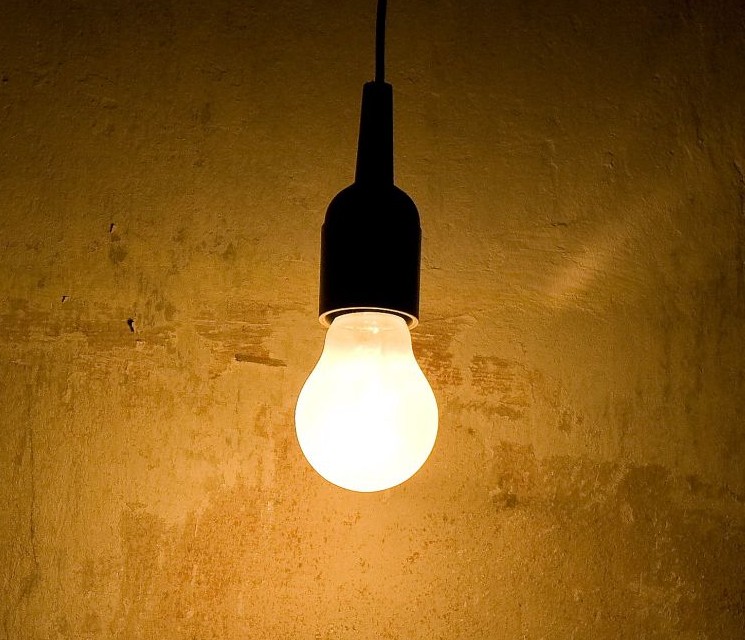There are now 3 types of bulbs in common use
- Halogen (A more efficient version of the old incandescent light bulbs)
- Compact Fluorescent Lamp (CFL)
- Light Emitting Diode (LED)
Light Output
Typical values of light output are:
- Halogen – 15 Lumens/watt of power
- CFL – 54 Lumens/watt of power
- LED – 90 lumens/watt of power
Actual values will vary from manufacturer and also depending on the colour temperature of the light.
From the above figure it can be seen that a LED provides a significant power saving, even compared with a CFL.
Initial Cost
For an output of around 450 lumens enough for something like a desk lamp you can expect to pay:
- Halogen – $3
- CFL – $6
- LED – $20
Bulb Life
- Halogen – 2,500 hours
- CFL – 10,000 hours
- LED – 50,000 hours
The long life of LEDs meant that though the initial cost of $20 seems expensive over the life of the bulb you would have needed 5 CFL bulbs ($30) or 20 Halogen bulbs ($60)
Other Issues
CFL lamps do contain a small amount of the toxic element mercury, and do take several seconds to Warm up to full brightness.
Both halogen and CFL lamps tend to have limited durability if subject to vibration or rough handling.
A dimmable LED is around 40% more expensive than a basic LED.
For more posts see Electrical or Light Fittings
